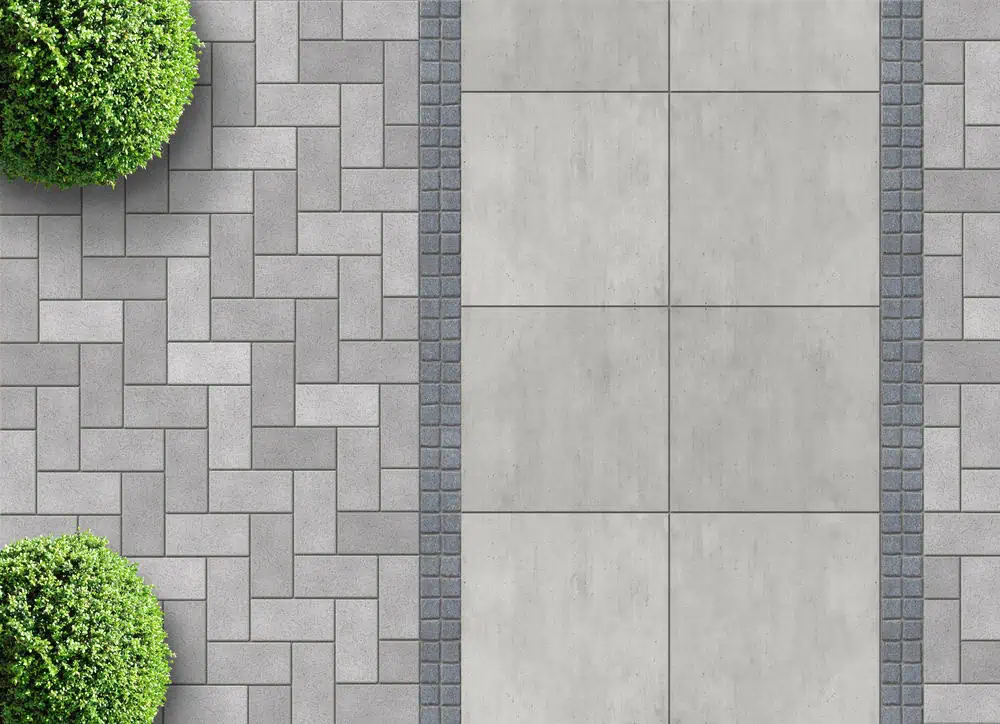Stop worrying about the next heavy rain and protect your home’s foundation with proven waterproofing solutions.
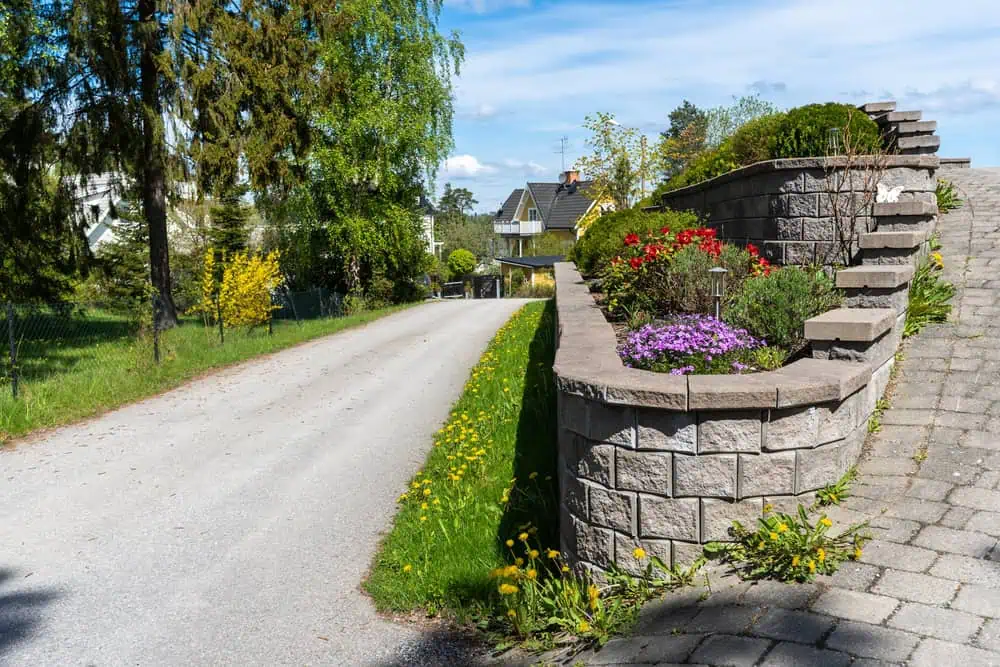
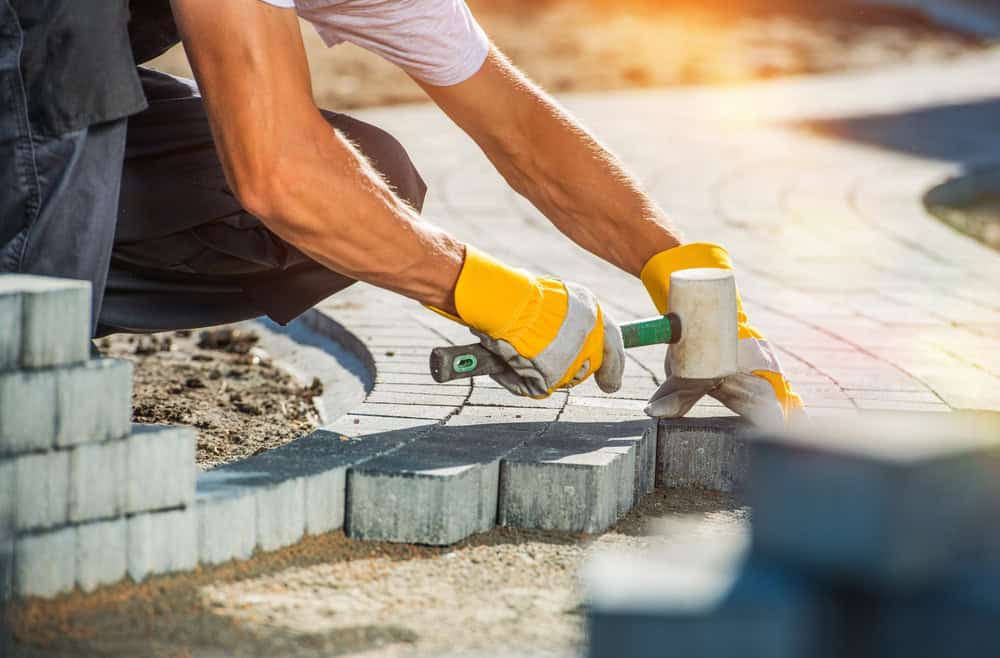
You’ll never again rush downstairs during a storm to check for water. Your basement becomes usable space where you can store belongings without worry, set up a workshop, or even finish it as living space down the road.
The musty smell disappears. The air quality in your entire house improves because moisture isn’t creeping up through your foundation anymore. Your heating and cooling costs drop because you’re not fighting humidity all summer.
Most importantly, you stop the clock on foundation damage. Water is the enemy of masonry and concrete. When you keep it out, you’re protecting thousands of dollars in potential structural repairs and maintaining your home’s value.
We’ve been handling foundation and waterproofing work in Charlestown for years. We understand how the area’s older homes behave, what causes water problems here, and which solutions actually last.
Most of Charlestown’s housing stock was built when waterproofing meant hoping for the best. We’ve seen every type of basement water issue this neighborhood throws at us. From fieldstone foundations to brick and block construction, we know what works and what doesn’t.
You’re not getting a generic approach. You’re getting solutions designed for your specific foundation type and the way water moves around your particular property.
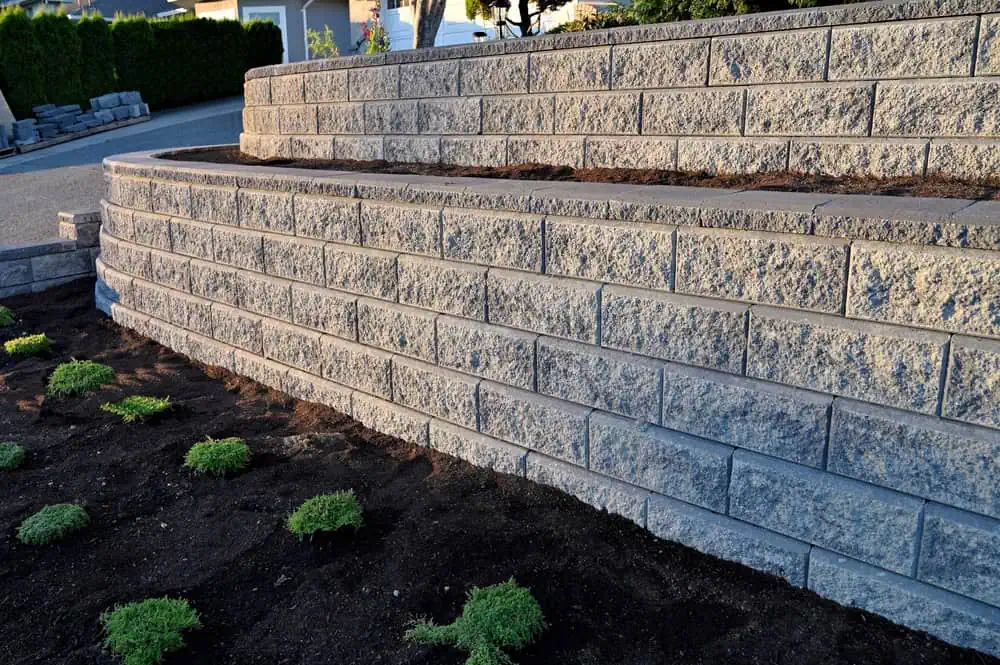
First, we inspect your basement to identify exactly where water is entering and why. This isn’t a quick glance – we’re looking at your foundation walls, floor joints, window wells, and grading around your house.
Then we explain what we found in plain terms. Interior waterproofing, exterior excavation, drainage systems, sump pump installation – we’ll tell you which approach makes sense for your situation and budget. No overselling, no scare tactics.
The actual work depends on your specific needs. Interior basement waterproofing involves sealing walls and installing drainage systems inside. Exterior waterproofing means excavating around your foundation to apply waterproof membranes and improve drainage. We handle both approaches and often combine them for complete protection.
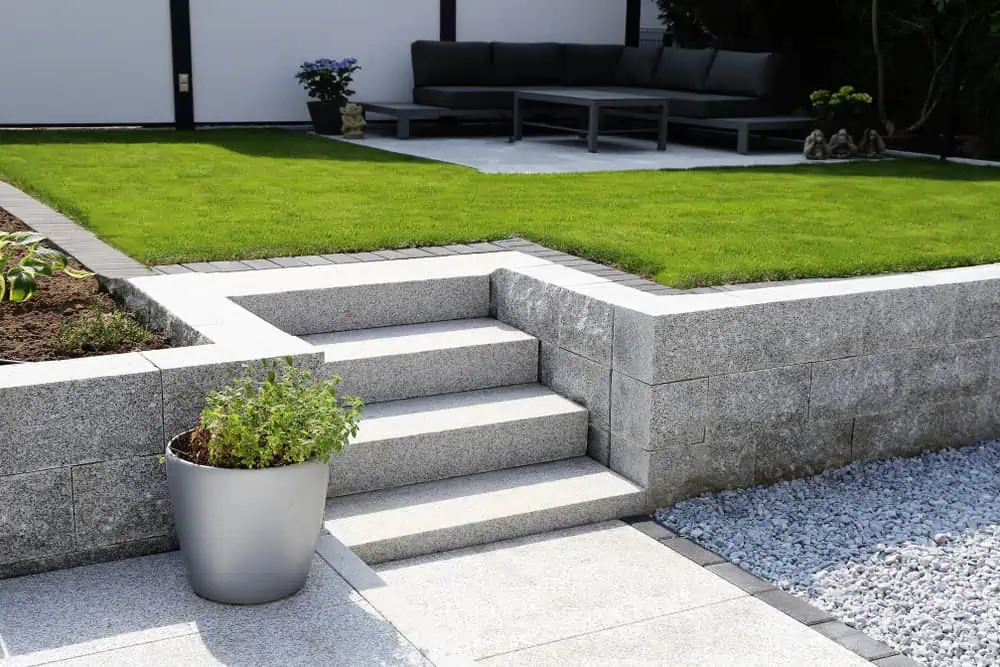
Ready to get started?
Every basement waterproofing project starts with identifying the root cause. We check for foundation cracks, poor drainage, hydrostatic pressure, and grading issues that direct water toward your foundation.
Interior solutions include basement crack repair, waterproof sealant application, and drainage systems that capture water before it becomes a problem. We install sump pumps when needed and ensure proper moisture control throughout your basement space.
Exterior work involves excavating around affected areas, applying foundation sealers and waterproof membranes, and improving drainage around your home. This is often the most permanent solution, especially for homes with chronic flooding issues. We also address window wells, exterior basement entrances, and any other potential water entry points.
